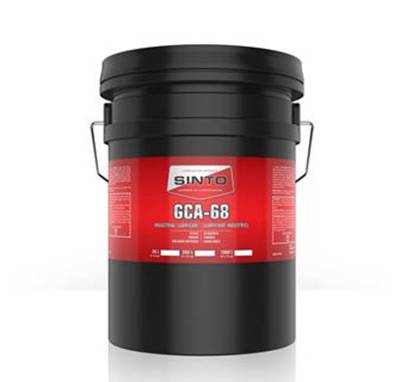Oct . 18, 2024 19:45 Back to list
Understanding Pipe and Fitting Selection for Efficient Plumbing Systems
Pipes and Fittings Essential Components of Fluid Transport Systems
Pipes and fittings are critical elements in the design and functionality of various fluid transport systems. They play an essential role in infrastructure, construction, and industrial applications, enabling efficient and safe movement of liquids and gases. Understanding the types, materials, and uses of pipes and fittings can greatly enhance the effectiveness of any plumbing or piping system.
Types of Pipes
Pipes come in various types, each suited for specific applications. The most common materials used for pipes are
1. PVC (Polyvinyl Chloride) Light, durable, and resistant to corrosion, PVC pipes are widely used for water supply and drainage systems. They are easy to install and maintain, making them a popular choice for both residential and commercial projects.
2. CPVC (Chlorinated Polyvinyl Chloride) Similar to PVC but with a higher temperature tolerance, CPVC is ideal for hot water applications. Its resistance to chemicals and ability to withstand high temperatures make it a reliable option for industrial uses.
3. Copper Known for its longevity and reliability, copper pipes are often used in plumbing and heating systems. They have excellent thermal conductivity, making them ideal for hot water transportation.
4. Steel Steel pipes, whether black or galvanized, are known for their strength and durability. They are commonly used in high-pressure applications and are favored in construction projects.
5. PEX (Cross-linked Polyethylene) This flexible piping material is gaining popularity in residential plumbing due to its ease of installation. PEX is resistant to scale and chlorine and has a lower risk of leaking compared to traditional metal pipes.
Types of Fittings
pipes and fittings

Fittings are crucial in connecting different sections of pipes and ensuring the continuous flow of fluids. Some common types of fittings include
1. Elbows Used to change the direction of flow, elbows come in various angles, such as 90 or 45 degrees, depending on the requirements of the system.
2. Tees These fittings allow the branching of a single pipe into two directions. Tees are essential for creating systems that require multiple outlets.
3. Couplings Couplings are used to connect two pipes of the same diameter. They ensure a secure and leak-proof connection, which is vital for maintaining the integrity of the plumbing system.
4. Adapters Used to connect pipes of different materials or sizes, adapters facilitate the smooth transition between different sections of plumbing systems.
5. Caps and Plugs These fittings are used to seal the ends of pipes, preventing leaks and maintaining system pressure.
Applications of Pipes and Fittings
Pipes and fittings are integral to a plethora of applications, from municipal water supply systems to industrial chemical transport. In residential settings, they are essential for plumbing, heating, and drainage. In industrial contexts, pipes and fittings enable the movement of hazardous materials and chemicals, requiring strict adherence to safety standards.
Conclusion
In summary, pipes and fittings are indispensable components of modern infrastructure. Their selection impacts not only the efficiency and effectiveness of fluid transport systems but also the safety and longevity of buildings and facilities. Understanding the various types and applications of pipes and fittings allows for better planning and implementation of piping systems, ultimately leading to improved functionality and reliability in fluid management. Whether in residential or industrial settings, investing in the right pipes and fittings is crucial for successful project outcomes.
-
High-Quality PPR Pipes and Fittings Durable ERA PPR & PVC PPR Solutions
NewsJul.08,2025
-
Black HDPE Cutting Board - Durable, Non-Porous & Food Safe HDPE Plastic Cutting Board
NewsJul.08,2025
-
High-Quality CPVC Panel Durable HDPE & PVC Panels Supplier
NewsJul.08,2025
-
Double PE Welding Rod Supplier - High Strength, Durable & Versatile Welding Solutions
NewsJul.07,2025
-
High-Quality PVC-O Pipe Supplier Durable 75mm PVC Pipe & Connections Leading PVC Pipe Company
NewsJul.07,2025
-
HDPE Drainage Pipe Supplier – Durable & Corrosion-Resistant Solutions
NewsJul.06,2025

